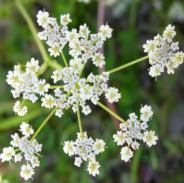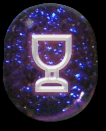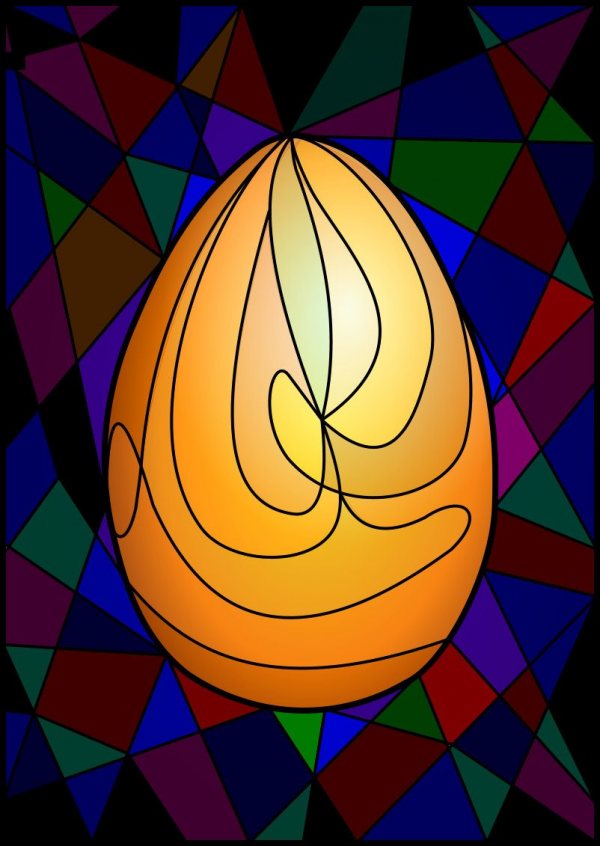Caraway
The name Caraway comes from the Gaelic Caroh, a ship, because of the shape which the fruit takes. By cultivation the root becomes more succulent, and the fruit larger, whilst more oily, and therefore acquiring an increase of aromatic taste and odour.
Added Jun 17, 2010
| 6,611 Reads
The common Caraway is a herb of the umbelliferous order found growing on many waste places in England, though not a true native of Great Britain. Its well-known aromatic seeds should be always at hand in the cupboard of every British housewife. The plant got its name from inhabiting Caria, a province of Asia Minor. It is now cultivated for commerce in Kent and Essex; and the essential oil distilled from the home grown fruit is preferred in this country. The medicinal properties of the Caraway are cordial and comforting to the stomach in colic and in flatulent indigestion; for which troubles a dose of from two to four drops of the essential oil of Caraway may be given on a lump of sugar, or in a teaspoonful of hot water. For earache, in some districts the country people pound up the crumb of a loaf hot from the oven, together with a handful of bruised Caraway seeds; then wetting the whole with some spirit, they apply it to the affected part. The plant has been long naturalised in England, and was known here in Shakespeare's time, who mentions it in the second part of Henry IV. thus: "Come, cousin Silence! we will eat a pippin of last year's graffing, with a dish of Caraways; and then to bed!" The seeds grow numerously in the small flat flowers placed thickly together on each floral plateau, or umbel, and are best known to us in seed cake, and in Caraway comfits. They are really the dried fruit, and possess, when rubbed in a mortar, a warm aromatic taste, with a fragrant spicy smell. Caraway comfits consist of these fruits encrusted with white sugar; but why the wife of a comfit maker should be given to swearing, as Shakespeare avers, it is not easy to see. The young roots of Caraway plants may be sent to table like parsnips; they warm and stimulate a cold languid stomach. These mixed with milk and made into bread, formed the chara of Julius Caesar, eaten by the soldiers of Valerius. Chemically the volatile oil obtained from Caraway seeds consists of "carvol," and a hydro-carbon, "carvene," which is a sort of "camphor." Dioscorides long ago advised the oil for pale-faced girls; and modern ladies have not disregarded the counsel. From six pounds of the unbruised seeds, four ounces of the pure essential oil can be expressed. In Germany the peasants flavour their cheese, soups, and household bread—jager—with the Caraway; and this is not a modern custom, for an old Latin author says: Semina carui satis communiter adhibentur ad condiendum panem; et rustica nostrates estant jusculum e pane, seminibus carui, et cerevisâ coctum. The Russians and Germans make from Caraways a favourite liqueur "Kummel," and the Germans add them as a flavouring condiment to their sawerkraut. In France Caraways enter into the composition of l'huile de Venus, and of other renowned cordials. An ounce of the bruised seeds infused for six hours in a pint of cold water makes a good Caraway julep for infants, from one to three teaspoonfuls for a dose, It "consumeth winde, and is delightful to the stomack; the powdered seed put into a poultice taketh away blacke and blew spots of blows and bruises." "The oil, or seeds of Caraway do sharpen vision, and promote the secretion of milk." Therefore dimsighted men and nursing mothers may courageously indulge in seed cake! The name Caraway comes from the Gaelic Caroh, a ship, because of the shape which the fruit takes. By cultivation the root becomes more succulent, and the fruit larger, whilst more oily, and therefore acquiring an increase of aromatic taste and odour. In Germany the seeds are given for hysterical affections, being finely powdered and mixed with ginger and salt to spread with butter on bread. As a draught for flatulent colic twenty grains of the powdered seeds may be taken with two teaspoonfuls of sugar in a wineglassful of hot water. Caraway-seed cake was formerly a standing institution at the feasts given by farmers to their labourers at the end of wheat sowing. But narcotic effects have been known to follow the chewing of Caraway seeds in a large quantity, such as three ounces at a time. As regards its stock of honey the Caraway may be termed, like Uriah Heep, and in a double sense, "truly umbel." The diminutive florets on its flat disk are so shallow that lepidopterous and hymenopterous insects, with their long proboses, stand no chance of getting a meal. They fare as poorly as the stork did in the fable, whom the fox invited to dinner served on a soup plate. As Sir John Lubbock has shown, out of fifty-five visitants to the Caraway plant for nectar, one moth, nine bees, twenty-one flies, and twenty-four miscellaneous midges constituted the dinner party.
Added Jun 17, 2010
| 6,611 Reads
Share The Magic ...
The GoE MONEY!!! Course - A Course In Real MONEY MAGIC!
|





















